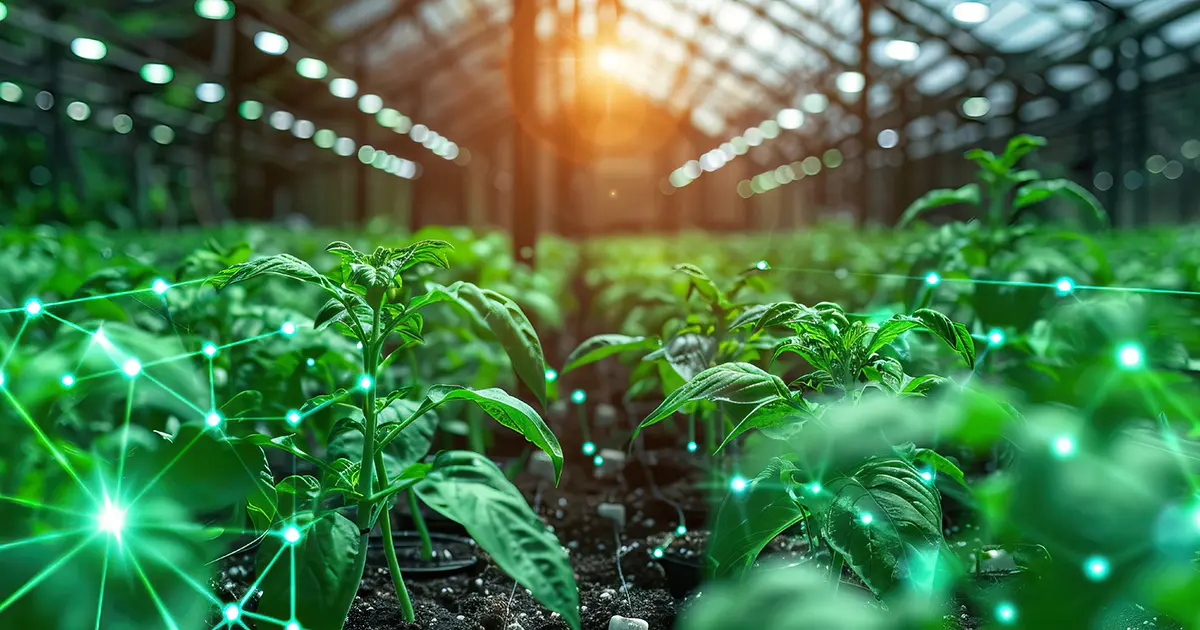LIMS for Agriculture Labs: Cultivating Efficiency and Quality in the Field
The agriculture industry is a complex ecosystem, demanding rigorous testing and data management to ensure crop health, food safety, and environmental sustainability. Laboratory Information Management Systems (LIMS) have emerged as indispensable tools for agricultural labs, streamlining operations and enhancing data-driven decision-making. In this comprehensive guide, we’ll explore the benefits, features, and considerations for implementing a LIMS in your agricultural lab.
The Growing Importance of LIMS in Agriculture
Agricultural labs face numerous challenges, from managing diverse sample types (soil, crops, water, etc.) to complying with stringent regulations and ensuring accurate, timely results. Traditional manual processes and disparate systems often lead to inefficiencies, errors, and delays.
A LIMS addresses these challenges by centralizing data, automating workflows, and ensuring traceability throughout the entire testing process. This translates to:
- Improved efficiency: Reduced manual tasks, streamlined workflows, and faster turnaround times.
- Enhanced data quality: Minimized errors, standardized procedures, and reliable data for informed decision-making.
- Regulatory compliance: Streamlined documentation, audit trails, and adherence to industry standards.
- Cost savings: Optimized resource utilization, reduced waste, and improved laboratory productivity.
- Enhanced collaboration: Seamless data sharing and communication among team members and stakeholders.
Key Features of LIMS for Agriculture Labs
A LIMS tailored for agricultural labs should offer a range of specialized features to meet the unique needs of the industry. These include:
- Sample Management: Efficient tracking of sample collection, preparation, analysis, and storage, including detailed information on sample origin, type, and characteristics.
- Workflow Automation: Streamlined workflows for various testing processes, from sample reception to result reporting, with automated task assignments and notifications.
- Instrument Integration: Seamless integration with laboratory instruments for automated data capture and elimination of manual transcription errors.
- Environmental Monitoring: Tracking and analysis of environmental data (weather, soil conditions, etc.) to correlate with crop health and yield.
- Quality Control: Implementation of quality control measures, such as proficiency testing, instrument calibration, and standard operating procedures (SOPs) management.
- Regulatory Compliance: Support for compliance with industry regulations and standards (e.g., Good Laboratory Practices (GLP), ISO 17025).
- Reporting and Analytics: Generation of customizable reports, dashboards, and visualizations to provide insights into lab performance, trends, and data analysis.
Choosing the Right LIMS for Your Agricultural Lab
Selecting the right LIMS is a critical decision for your agricultural lab. Consider the following factors:
- Functionality: Ensure the LIMS offers the specific features required for your lab’s testing processes and workflows.
- Scalability: Choose a LIMS that can grow with your lab’s needs and adapt to evolving requirements.
- Ease of Use: A user-friendly interface and intuitive navigation are crucial for efficient adoption and utilization.
- Vendor Support: Reliable technical support and training are essential for successful implementation and ongoing maintenance.
- Cost: Evaluate the total cost of ownership, including licensing fees, implementation costs, and ongoing maintenance.
Implementing LIMS in Your Agricultural Lab
Implementing a LIMS involves several key steps:
- Needs Assessment: Define your lab’s specific requirements and goals for the LIMS implementation.
- Vendor Selection: Evaluate different LIMS providers based on their features, scalability, user-friendliness, and support.
- System Configuration: Customize the LIMS to match your lab’s workflows, data structures, and reporting needs.
- Data Migration: Transfer existing data from legacy systems or spreadsheets into the new LIMS.
- Training: Provide comprehensive training to staff on how to use the LIMS effectively.
The Future of LIMS in Agriculture
As technology continues to advance, the role of LIMS in agricultural labs will only become more significant. We can expect to see:
- Increased automation: LIMS will further automate laboratory processes, reducing manual intervention and increasing efficiency.
- Advanced analytics: LIMS will leverage artificial intelligence and machine learning to provide deeper insights into data and trends.
- Cloud-based solutions: Cloud-based LIMS will offer greater flexibility, scalability, and accessibility for labs of all sizes.
- Integration with IoT devices: LIMS will seamlessly integrate with sensors and other IoT devices for real-time monitoring and data collection.
Conclusion
LIMS is a game-changer for agricultural labs, empowering them to overcome challenges, improve efficiency, and deliver high-quality results that drive the industry forward. By investing in the right LIMS solution, agricultural labs can unlock their full potential and contribute to a more sustainable and productive future for agriculture.


